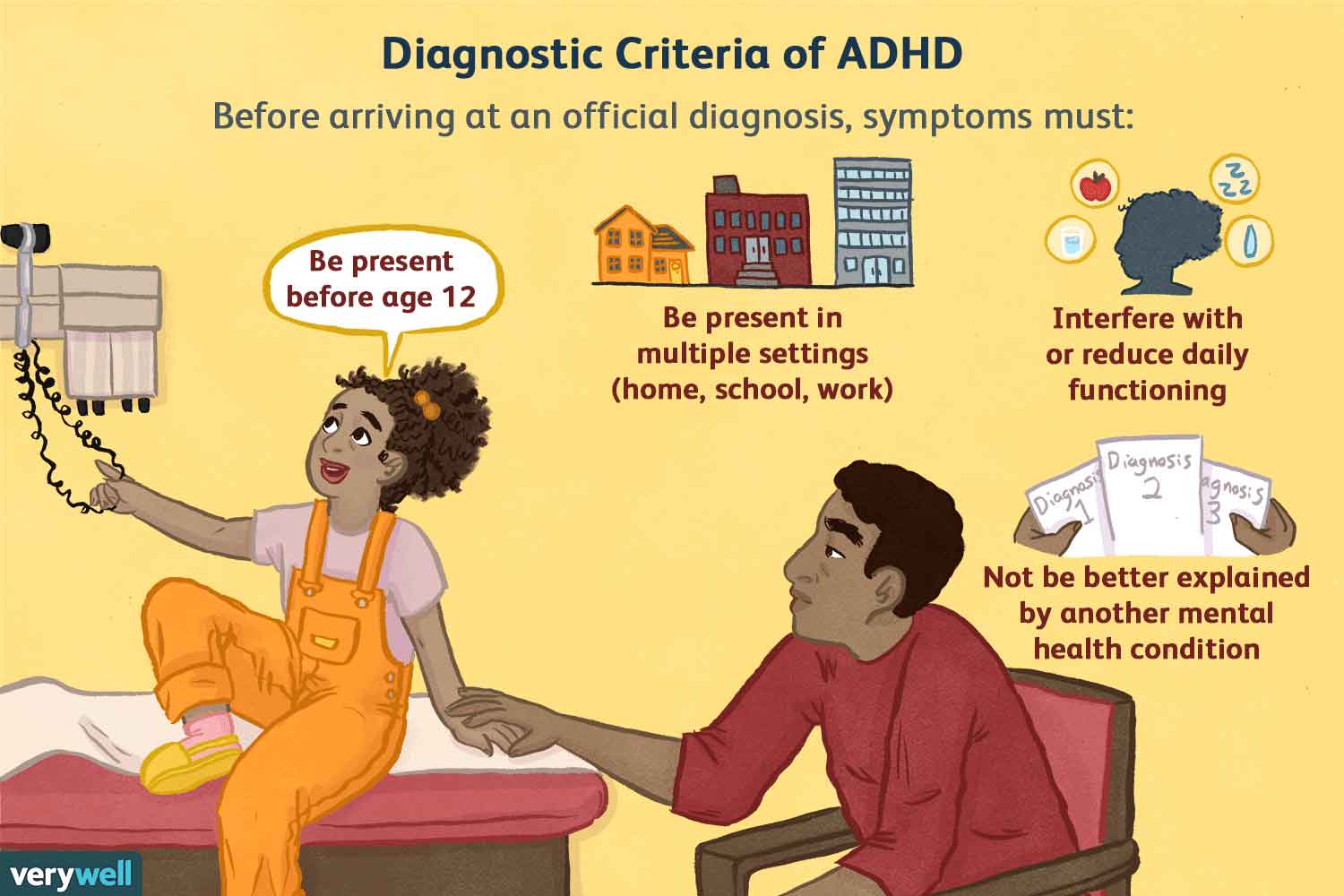Learning and development are the most vital factors in an individual’s life, especially in personal and professional careers. However, certain medical conditions cause one’s learning and development progress to be delayed or hindered, such as ADHD. Therefore, determining the illness as early as possible is essential to help children and adults to improve and manage the symptoms of ADHD, and eventually, achieve their maximum capacity. This article provides an in-depth guide on ADHD symptoms and diagnosis Brisbane to help you understand this medical condition.
What is ADHD?
Attention Deficit Hyperactivity Disorder (ADHD) is a neurodevelopmental condition associated with brain development and activity. It is a medical condition that commonly affects ages 6 to 12 years old or school-aged children, which causes a delay in their mental and functional development, hindering them in achieving their maximum capacity.
Additionally, individuals diagnosed with ADHD manifest behavioural problems, including inattention, hyperactivity, and impulsivity. If a child or an adult is exhibiting symptoms, it is necessary to undergo a formal ADHD diagnostic assessment administered to individuals with suspected ADHD. Through the ADHD diagnosis, parents worrying about their child’s brain condition and adults manifesting ADHD symptoms can get an accurate diagnosis which is necessary to avail of varying assistance and services to help improve and manage the symptoms.

What are the types of ADHD?
Since symptoms look different in everyone, healthcare professionals use the DSM-5 criteria and a standard rating scale to diagnose ADHD. So parents should first consult a General Practitioner (GP) to answer their concerns and obtain a referral for a formal assessment with healthcare professional experts in ADHD diagnosis, such as a paediatrician or psychiatrist. Additionally, there is no single test to diagnose ADHD, so the participants, their families, carers, and other support systems in their life are encouraged to cooperate and be honest during interviews. The participants will also take several interviews and physical examinations to help with the diagnosis.
The present vital information to get an accurate diagnosis, such as the participant’s complete medical records, history of behaviours, evident ADHD symptoms negatively affect their life, trauma or illness, and relationship with their family and other people will be asked. The evaluation also involves healthcare professionals diagnosing the type of ADHD based on the participant’s symptoms, including:
- ADHD Predominantly Inattentive Type. Under this type of ADHD, the participants should only display symptoms of inattention consistently for at least six months.
- ADHD Predominantly Hyperactive-Impulsive Type. The participants should only display hyperactivity and impulsivity symptoms for at least six months.
- ADHD Combined Type. The participants should display inattention, hyperactivity, and impulsivity symptoms for at least six months.
Take note that ADHD diagnosis is only for participants displaying symptoms for at least six months. An individual is diagnosed with ADHD if at least five symptoms are present for ages 17 years old and above and at least six symptoms for younger children.
What are the symptoms of ADHD?
Despite many services and assistance offered to individuals with ADHD, only a few can access these benefits due to a lack of ADHD diagnosis. Parents should be wary of the following symptoms that their child or people they know manifest to avail an ADHD diagnosis as soon as possible.
Symptoms for Children with ADHD
- Inattention
-
-
- Experiences difficulties focusing on details
- Commonly makes reckless mistakes when performing activities in school, work, or other tasks
- Struggles to follow instructions
- Struggles to finish tasks in school, work, or other chores
- Experiences difficulties organising tasks and activities
- Does not listen even if spoken directly
- Gets easily distracted
- Avoids or dislikes performing tasks and activities that require continuous mental effort.
- Often misplaces important things essential in activities and tasks
- Often forgets daily tasks and activities
- Often daydreams
-
- Hyperactivity
-
-
- Has fidgety hands and feet
- Squirms while seating
- Experiences difficulties staying seated
- Excessively runs or climbs during events or inappropriate places
- Struggles to play silent or join leisure activities
- Is always continually active
- Talks excessively
- Gets easily distressed and often restless
-
- Impulsivity
-
- Blurts out answers even not hearing the complete question
- Struggles to wait for their turn
- Interferes with other’s activities or conversations
Symptoms for Adults with ADHD
Symptoms of ADHD are more evident in younger children and difficult to observe in adults. As an individual matures, the symptoms of ADHD are often mistaken and linked to daily life problems, which is why some adults get misdiagnosed. So, if you or your suspecting someone with ADHD, here are the following symptoms to look for, including:
- Anxiety
- Depression
- Forgetfulness
- Gets easily frustrated
- Mood swings
- Self-esteem issues
- Struggle to control anger
- Struggle to concentrate
- Struggle to relate to others
- Substance abuse
- Tardiness
How is ADHD diagnosed in children and teenagers?
A child is diagnosed with ADHD by healthcare professionals when at least six symptoms of inattention are present. The child is diagnosed with ADHD when at least six symptoms of hyperactivity and impulsivity. The diagnosis for children with ADHD follows the criteria:
- The symptoms are continuously present for at least six months.
- The symptoms started appearing before reaching 12 years old.
- The symptoms appear in at least two different environments, such as home and school.
- The symptoms negatively affect different areas of their life, making it difficult to socialise or perform in school.
- The symptoms should not be associated only due to difficulties or developmental disorders and should not relate to other conditions.
How is ADHD diagnosed in adults?
ADHD in adults is more challenging to diagnose than in children. There are also contradicting opinions between experts on whether the ADHD symptoms of children apply to adults. An adult is diagnosed with ADHD if exhibiting five or more ADHD symptoms on the list for children with inattention. The same goes for hyperactivity and impulsivity. Healthcare professionals will also ask adult participants the latest symptoms they’re currently exhibiting. Also, the symptoms of ADHD should be present since childhood for an adult participant to be diagnosed with ADHD. Thus, healthcare professionals need to interview the parents, teachers, and other people the participants have known since childhood. The old school records are also beneficial for adults during the assessment. Furthermore, the symptoms should have a moderate effect on the adult participant’s life, such as:
- Passive performance at school or in the workplace
- Dangerous driving
- Struggling to socialise or keep friends
- Struggling to work out relationships with partners
However, the participant cannot be diagnosed with ADHD if the stated symptoms appeared recently and did not occur in childhood because the ADHD symptoms start in childhood and won’t suddenly develop during adulthood.










